Hollywood
November 26 - December 12, 2005 | photography | Galleria Contemporaneo, Mestre
Curated by Interno3 & Andrea Morucchio
Catalog with texts by: Saramicol Viscardi, Marcello Tari, Marco Baravalle, Massimo De Bortoli, Andrea Morucchio
Antonio Canova’s Pietà, from the collection of Canova’s plaster casts, is the subject of Andrea Morucchio intervention for Hollywood group exhibition.
The Main Show consists of the lateral positioning of three black and white photographic prints of the dead Christ, each one photographed by Morucchio at slightly varying angles.
The surfaces of Canova’s plaster sculptures are characteristically constellated with tiny indented bronze cylinders. Therefore, on whole, these points “scan” the volumes of the sculptural work, codifying canons of beauty connected to classical anatomical proportions. They act as a sort of measure of beauty, which decodes the aesthetic models still employed today by the communication mass media industry, be-it through the divas of Hollywood to advertisements of whatever sort.
Some events of the Gospel have produced dramatic archetypal figures and visions with which the visual arts have always been fascinated: the Madonna with Child, the Miracles, the Last Supper, the Passion, the Crucifixion and the Pietà. Cinema, as an image-generating mechanism which has given form and substance to themes from the Gospel, has forcefully taken its place in the history of the visual representations of Christ in the most diverse manners, from Pasolini to Mel Gibson.
The decision to use this religious subject as contribution to the Hollywood project, - reading Hollywood as the factory of spectacle which shapes global culture - comes from reflections on the notion that the Catholic religion has been and still is the most spectacular monotheistic religion.
Moreover, this decision is backed by a simultaneous analysis of how the very structural action of the papal government is developing a programme of universal evangelization geared toward restoring and relaunching the centrality of the government of Rome with its dogmas and its theoretical targets, through the spectacular propaganda carried out by the late Pope Wojtyla, culminating in the spectacle of his death. The spectacle is the staging of the dead Pope, captured by thousands of video telephones and transmitted throughout the visual world via the global media system, as it is the dead Christ in the innumerable artistic representations, which over the course of art history, have given themselves to us as the Pietà.
But back to the photographic sequence of Canova’s Pietà, The Main Show, through a technical perceptive analysis strictly tied to the etymon of cinematography, the movement of the observer’s gaze from photo to photo, which perceives the slight variations of the subjects self-demonstration, given by the different angles of the shots, should activate in the observer a vision of a subject in movement, like that of a movie camera which laterally follows the movement of the subject being captured.
A bidirectional horizontal movement of the observer’s gaze, “activated” by the automatic search for/perception of the minimal variations in the images; the movement which follows a trail of invisible horizontal lines, connecting the same small points from image to image, exasperating the pathos of the represented event, and overcoming the usual iconic stasis with which it has been presented by the visual arts.
Exhibiting artists: Carlo Vedova, Tina Oravecz, Alessandra Ghirardelli, Fabio Bianco, Enrico Minato, Interno3, Andrea Morucchio, Matteo Peterlini, Maria Elisabetta Novello, Marika Vicari, Jernej Forbici, Marco Paties, Lorenzo Pecchioni, Raffaella Crispino, Nicola Scarpelli, Mauro Martinuz, Matteo Rosso, BridA, Daniele Bianchi, Gaston Ramirez Feltrin, Ajeet Mansukhani, Marta Madureira
E’ la Pietà di Antonio Canova, opera in gesso della Gyspsotheca Canoviana il soggetto dell’opera The Main Show per il progetto espositivo Hollywood. L’opera consiste nella disposizione orizzontale di tre stampe fotografiche in bianco e nero in cui il Cristo morto viene fotografato variando lievemente l’angolo di ripresa.
I gessi canoviani sono costellati da cilindretti di bronzo; l’insieme di questi punti “scansionano” i volumi dell’opera plastica codificando canoni di bellezza legate alle proporzioni anatomiche classiche realizzando una “callimetria” che decodifica modelli estetici tuttora utilizzati dall’industria comunicativa massmediatica, dai divi hollywoodiani ai testimonial pubblicitari. Alcuni momenti dei Vangeli hanno costituito figure e visioni drammatiche archetipiche con cui le arti visive da sempre si sono confrontate: la Madonna con il Bambino, i Miracoli, l’Ultima Cena, la Passione, la Crocefissione e la Pietà.
Il cinema ha dato forma e materia ai temi evangelici e si è inserito con forza nella storia delle rappresentazioni visive di Gesù Cristo nei modi più diversi da Pasolini a Mel Gibson. La decisione di utilizzare questo soggetto religioso come mio contributo al progetto Hollywood - inteso come fabbrica dello spettacolo conformante la cultura globale - deriva dalla considerazione che la religione cattolica sia stata e tuttora sia la religionie monoteista più spettacolarizzata. Decisione supportata inoltre proprio da un’analisi contemporanea su come l’azione strutturale della Chiesa Cattolica sta sviluppando un programma d’evangelizzazione universale volto a ripristinare e a rilanciare la centralità della Santa Sede con i suoi dogmi e con le sue mire teocratiche attraverso una propaganda spettacolare.
In The Main Show, la sequenza fotografica della Pietà va vista attraverso un’analisi tecnico-percettiva strettamente legata all’etimo cinematografico; il movimento dello sguardo dell’osservatore da foto a foto nel percepire le lievi variazioni nel manifestarsi del soggetto, date dai diversi angoli di ripresa, attiva una visione come quello della telecamera che si sposta lateralmente rispetto al soggetto ripreso. Un movimento orizzontale, bidirezionale, dello sguardo dell’osservatore segue un tracciato di linee invisibili che collegano i puntini da immagine ad immagine.
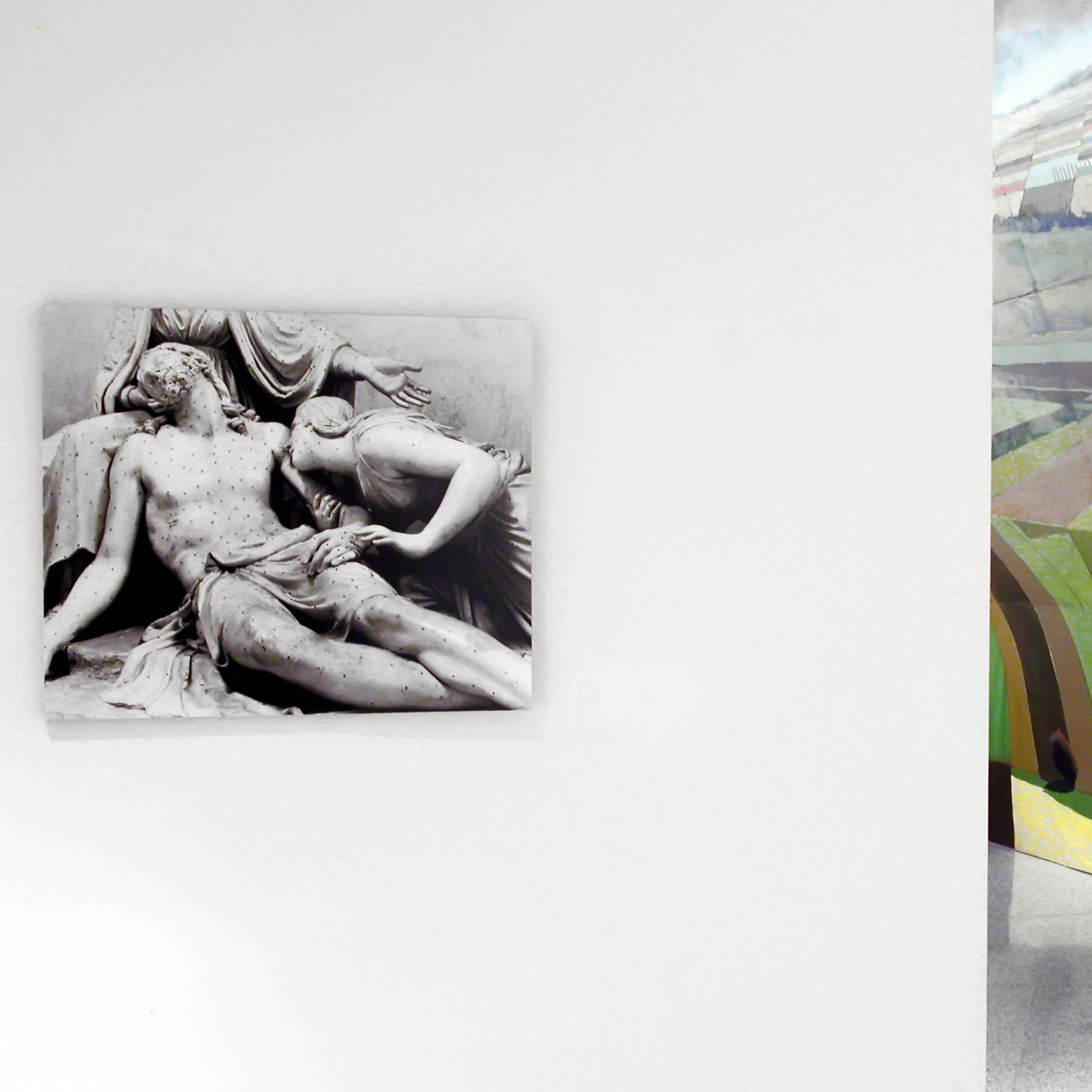

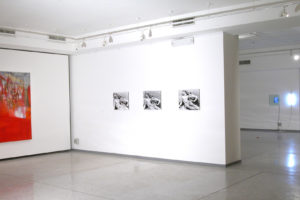
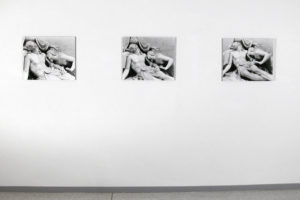
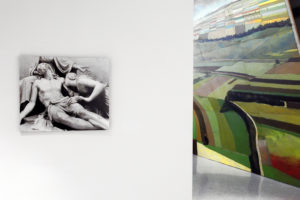
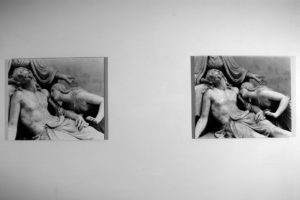
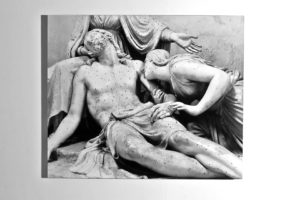
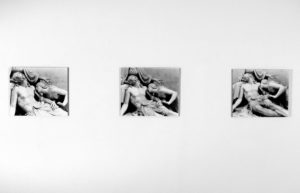
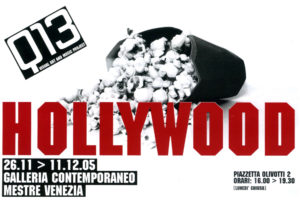
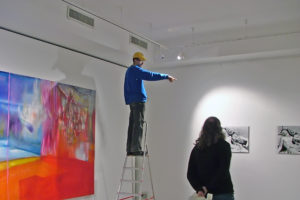
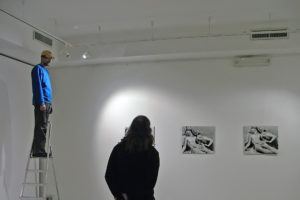

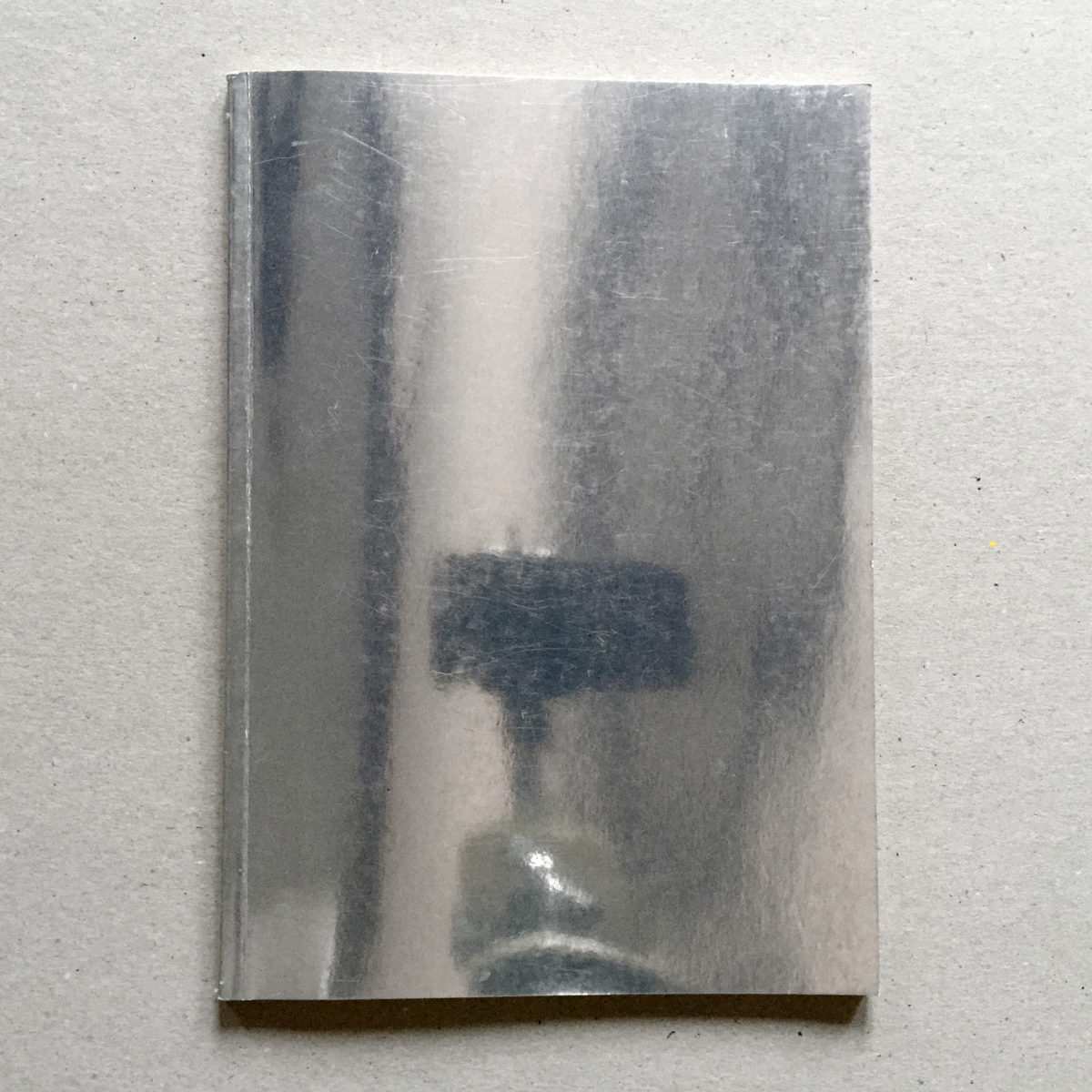 Hollywood
Hollywood